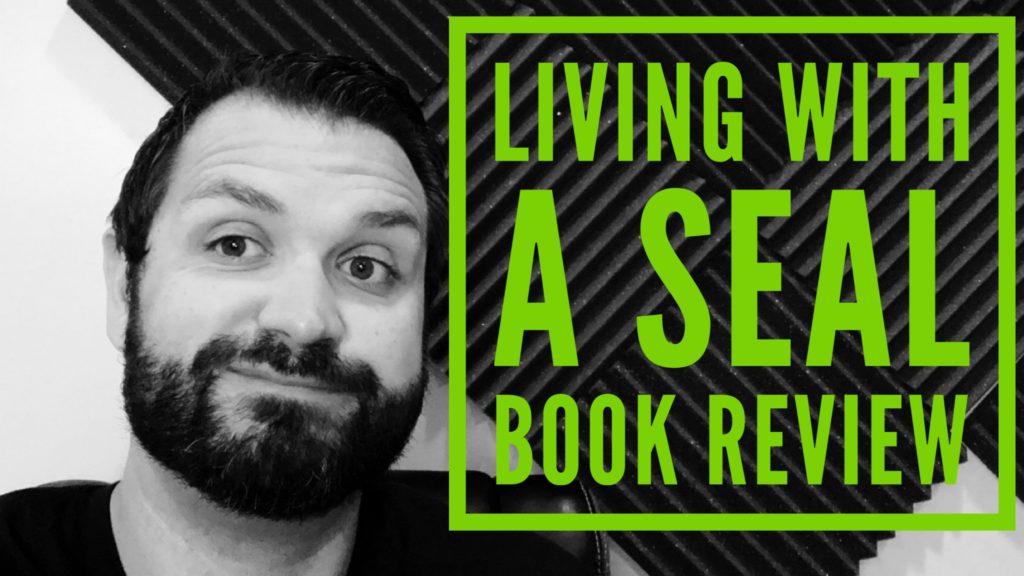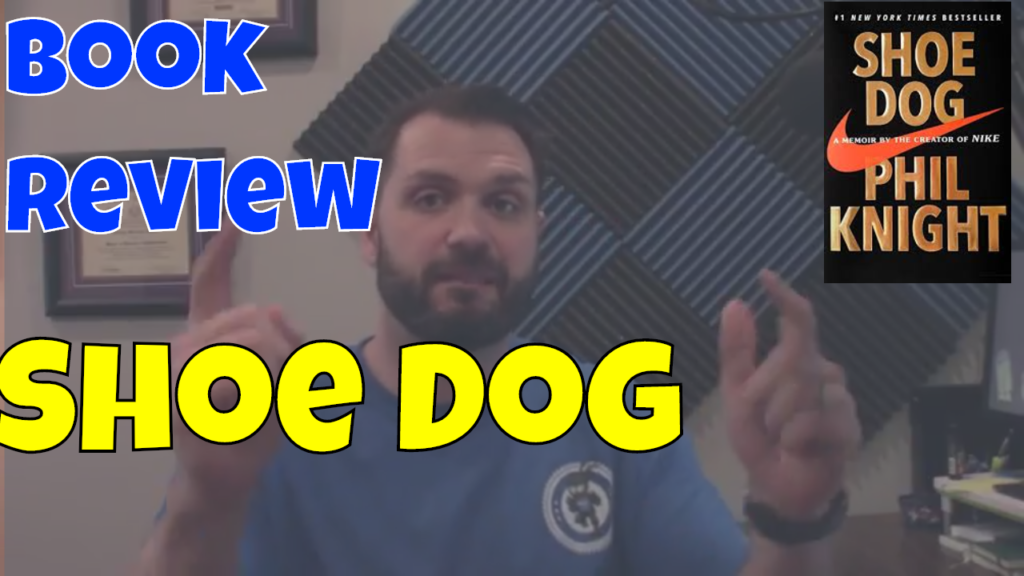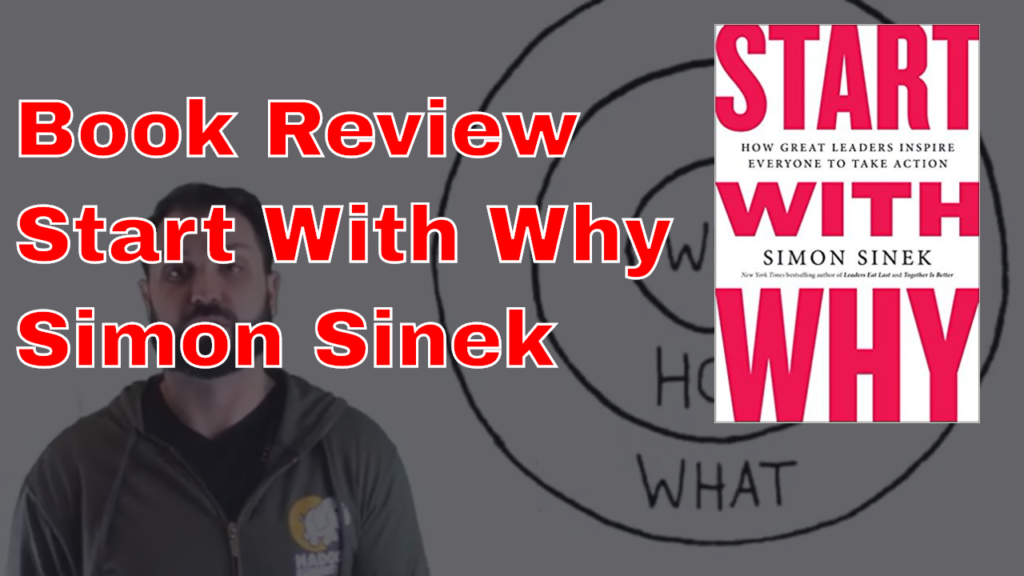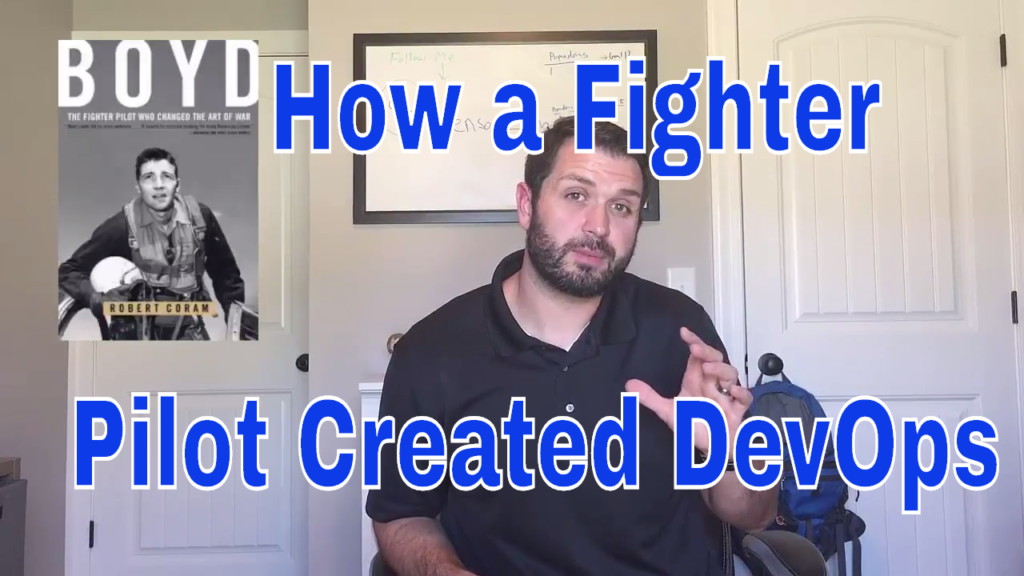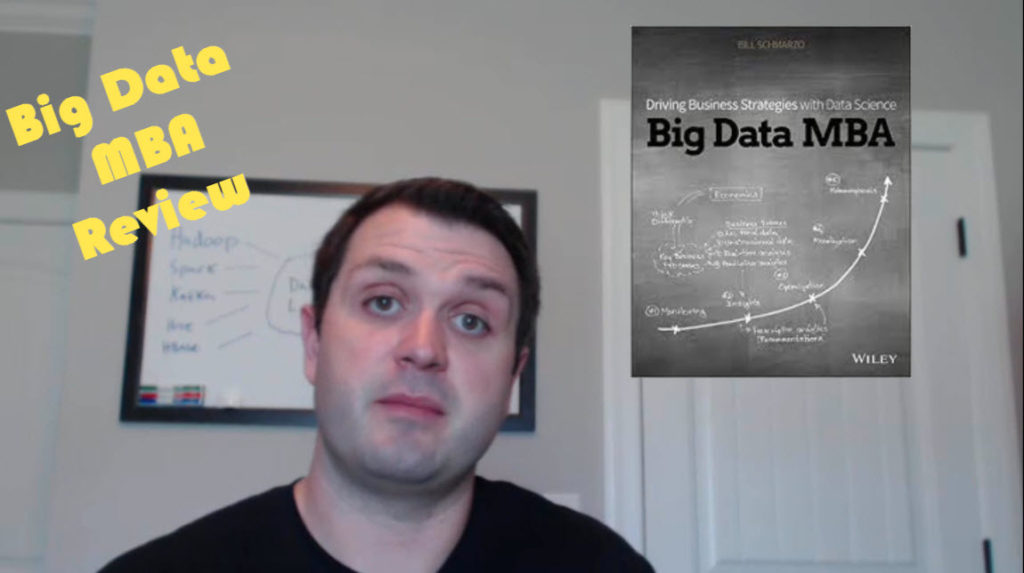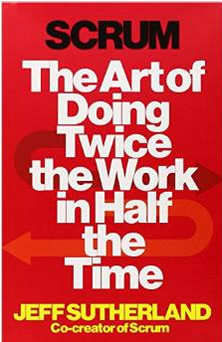31 Days Training with the Toughest Man on the Planet
Yet another great book review! Living with a Seal was a fun read about a 31 day period where Jesse Itzler hires a Navy Seal to live with him. During this 31 day period Jesse is put to the test both mentally and physically. Jesse wanted to take on this challenge to whip himself back into shape. The events throughout this book make for great entertainment and inspiration. After reading this book it definitely gave me some ideas of how to push myself in different areas of my life. Watch the video to learn my thought on Living with a Seal.
Transcript – Living With A Seal Book Review
Hi folks! Thomas Henson here with thomashenson.com. Today is another episode of… Book Club? I don’t know. Still don’t have a name for this, but today I’m going to be reviewing Living with a Seal. Awesome book. Let’s find out all about that right after this.
Today, in this episode where I’m reviewing a book, comma, I am on a mission. If you’ve watched my goals 2019, heard me talking about how many books I want to try to read. Missed my goal last year. We’re chugging along this year, trying to get to the halfway point. The books that I’m reviewing today, really good, was actually referenced and referred to me my Erin Banks. You’ve seen me do some videos with her with the Big Data Beard team, where we went through in machine learning course. Her and I have talked about some certifications.
The book that she recommended was Living with a Seal: 31 Days of Training with the Toughest Man on the Planet. I will say, throughout the whole book, you never know who that person is, but I know who it is. If you Google around you can find out. The real premise of the story was, it was not written as a book. I think it started off as a blog. Jesse Itzler, he’s really famous and entrepreneurial. He’s been involved with Zico water and NetJets [Phonetic 00:01:23]. When he wrote this book, was when he was really going through the big push for Zico water. You get to see a little bit of behind-the-scene what was going on from a business perspective. It’s not a business book per se. He’s an ultra-runner, he’s an adventurer. He was actually on MTV, so I think he was a musician at some point. I guess when I was young, or maybe a little bit older. Either way, the premise of the book is, he’s in a little bit of a funk. He’s an ultra-runner, and he really wants to push the limits. He’s doing his business, and running his day job there. He’s also got a son and a wife. He’s in a rut, like we all seem to get, as we go through phases in our career. He just wants to jump-start himself, to push himself really hard. He meets the SEAL at an ultra-running event, and he’s talked to a couple times, and he convinces him to come live with him for 30 days. The caveat is, he must do everything the SEAL says when the seal says as far as getting everything going. You still able to work, still able to do everything, but the SEAL follows him around for 30 days, and they come up with some crazy workouts.
Going throughout the book, you hear crazy workouts that they do, it’s really awesome. Actually, Trying to take some of those in my own day-to-day activities, and really trying to push the limit. It was really cool just to see how Jesse, who was probably already more fit than I was at that time, and even now, and how he felt like he was in a rut. It gives you that perspective of we all feel at times we’re not doing as much as we could, whether it be from gym, whether it be from learning, anything like that. You’ve got to try some crazy things you really get you out of your rut. Also, One of the things, followed SEAL after the fact, but one of the things you really follow through this is you have to do something that sucks every day. [Laughs] If you do something that sucks every day, by volunteering, you’re volunteering did you some kind of crazy workout. Maybe you going to go do 20 miles, 10 miles, whatever your craziness is for that day. If you volunteered to do those things, it makes it a lot easier do the things that you have to do in life, whether it be around the house, for family, or in your career.
That’s the really cool portion, that I took away from the book. Let’s go through a couple of things I really like. They go through the background for both Jesse and the SEALs. Jesse’s background was pretty cool, where he talks about some of the things that he kind of hacked his way. Think of hiring a SEAL to come live with you for 30 days. That’s like a life hack, right? It’s different ways of experimenting, getting things done. He brought that into his business life as well, so he talks about how he took chances on getting contacts, and meeting people throughout his career, and then also SEAL goes into some of his background, and all the things what he’s gone through, and it’s pretty cool. He’s living with Navy SEAL. They’re following around, and doing workout, so it’s really cool. It’s the workout and the mindset thing that really challenges Jesse and shifts his focus. When he goes into it, they start off doing, SEAL wants to see how many pull-ups you can do, how many push-ups you can do, and he kind of gauges a test. They also do some running things, because running was a big focus of it. When he goes in, Jessie can’t do 100 pull-ups, but they test out, they do however many pull-ups you can. Then, seal is like, “Hey, do 100. We’re not leaving this gym until you do 100.”
It really refocuses the mind, where it’s like, hey, you have something that you have to do? You’re going to do it, right? No matter how long it takes. Jesse was kind of able to break through, and do that. Back to the reader, if you’re reading it, it gives me that mindset, too. To really push, and so, I’ve done a lot of really cool things since reading the book, where maybe even setting a timer and trying to just some workouts in a hotel, or while I’m on the road, or even here in the Big Data Big Questions office, too. It really gives you an opportunity you really push, and do those thing, did you feel good afterwards, too. Some of the coolest workouts and I wanted to pick out. The burpee test. The goal was to get 10 to 12 minutes. You do a hundred burpees. Jesse did that between meetings. SEAL made him do it between meetings. I think he was his full get-up. I don’t know if you wear a suit to work, but he had some kind of button down it seems like, when he was talking about it.
The four miles every four hours 48 hours. They scaled up to this. I think they started off with two miles every four hours for 24 hours, at the end what they did was are we doing for miles every four hours 48 hours. I think that essentially turns into a marathon or two marathons. I’m really bad at math. Anyways, That was a really cool workout. Also, it was working their way up to some of the push-ups, too. It was pretty cool. Jesse, I think, at the end, he got 200 push-ups in a day. Just being able to test you do those things. A lot of this stuff you can hear on Joe Rogan’s podcast, too. Jesse actually appeared on there, I told some behind-the-scenes stories, around some of the things that he and SEAL did. Towards the end of the book, you still don’t get you know who SEAL is, but if you watch Joe Rogan, or if you subscribe to this channel here, we’re going to review a book, and I’ll tell you who was the seal, if you haven’t already Googled it and found out as well.
Would I recommend this book? Hell yeah! It was pretty awesome. You get to go through, and see what normal life for all of us are, as far as work, in family, and doing things like that, and then see what happens when you insert a SEAL it’s going to really kick you. Kick you in the rear, and get you rolling through doing things that suck, and see what it does to you. Maybe that’s why Zico water was so big. I don’t know, probably not. I think Jesse would have been successful either way, but it was really cool to see it all go down around that same time. Second off, it’s really going to you to do things outside your comfort zone. We talked about it a lot here. One of the things that I’d really been pushing and working on the last couple years of speaking. I’ll tell you, it’s a challenge to get on stage in front of 100-200-300, whatever your limits are, and keep pushing those limits. But I really can say, had I not probably been gaining confidence by doing things that get me uncomfortable in the gym, or running, and doing those other things, I think that really translates into what I’m trying to do from a, hey, you don’t want to get up, and do 20 minutes of learning? Too bad. Just do it. Give you that mindset, where you’re like, I’m already doing these other things from a health perspective in my life, so what can I do you feed my mind? Or, what can I do to challenge myself within my career? It doesn’t have to be speaking, just for me that is. Definitely check out this book. Then, the book that I read right after this one, I’m going to follow it up here, called Can’t Hurt Me. Find out more about that one next, but I definitely recommend this book and recommend pushing yourself outside your limits. Until next time, see you again on Big Data Book Club. We still don’t have a name.
